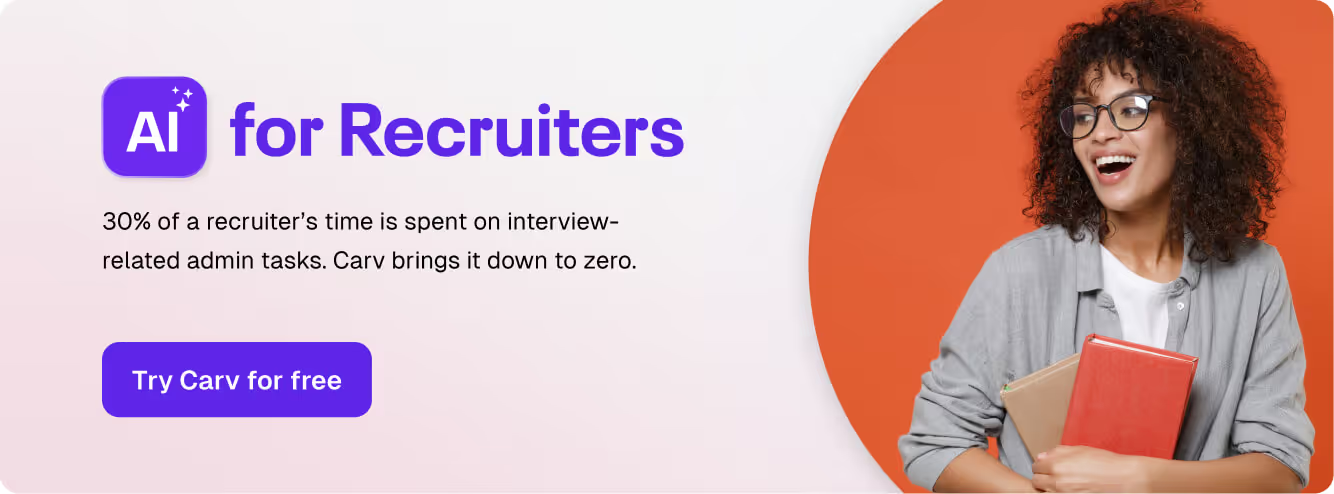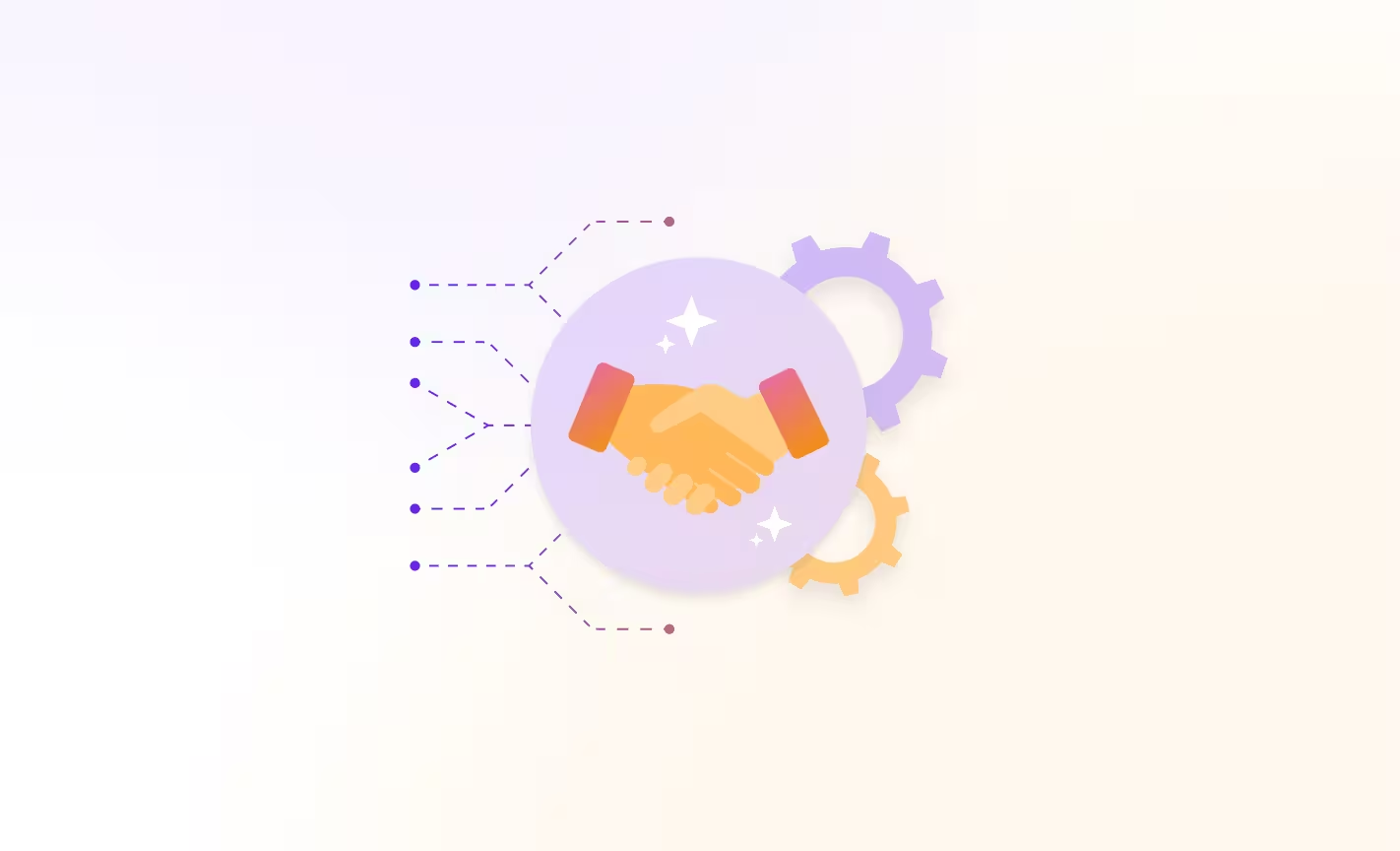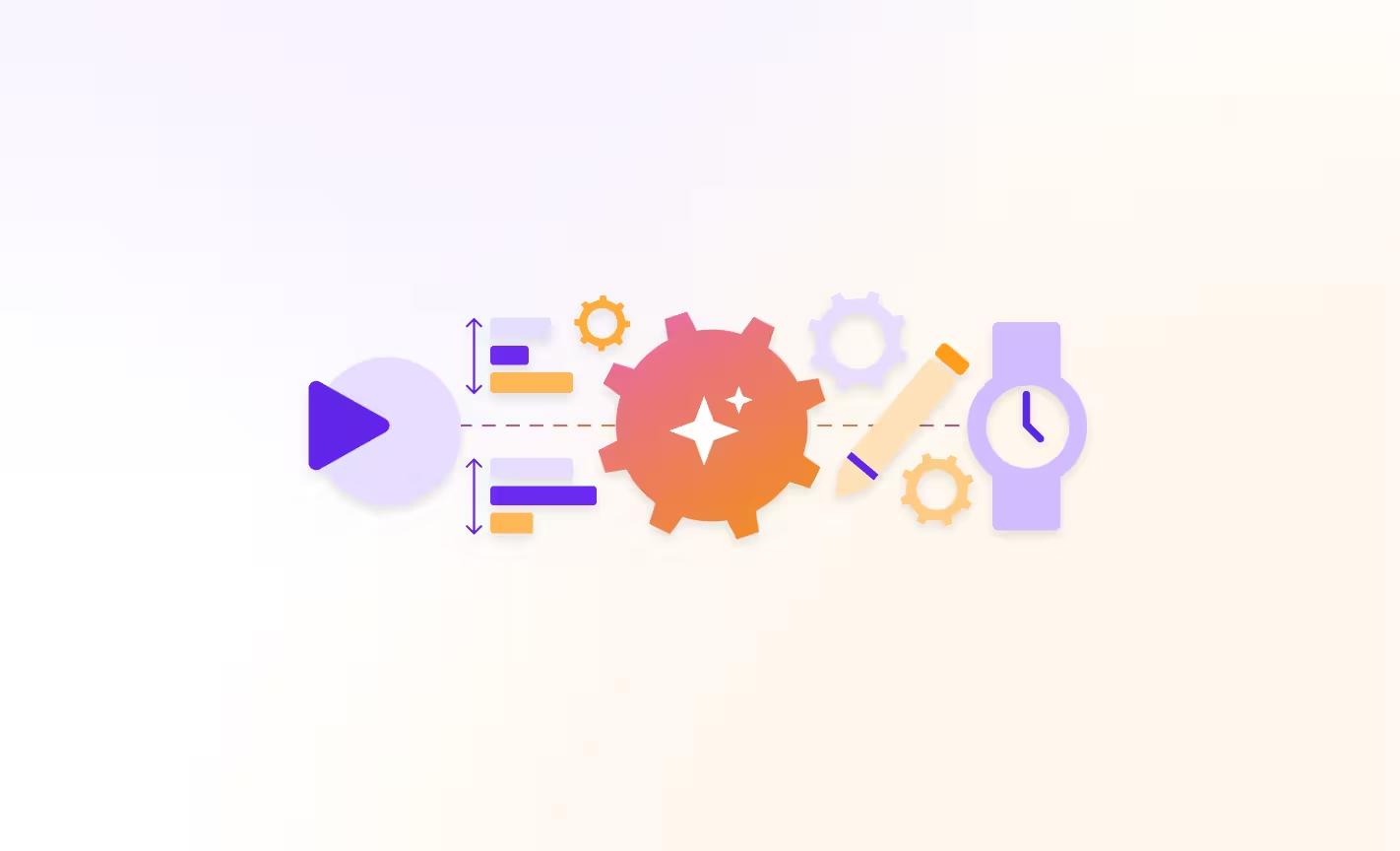When you’re recruiting for a new vacancy, intake meetings aren’t the only important face-to-face meetings you have with hiring managers during the recruitment process.
It’s crucial you get a chance to check in as a hiring team later in the process to make sure your ideas about the job’s requirements and the ideal candidate still align with the hiring manager’s expectations.
This is why post-interview meetings with hiring managers are a hugely important stage of the interview process.
After a round of initial interviews with job seekers, these meetings pull the hiring team together so you can collaboratively evaluate job candidates and make the best hiring decisions for the company.
But there’s a right and wrong way of handling these meetings, and often recruiters waste time and energy falling down the wrong path.
Let’s take a look at how to prepare, structure, and manage your post-interview meetings in a way that gets you the best results, faster.
Preparing for a productive post-interview meeting
Post-interview meetings are all about aligning your evaluations and feedback on candidates so you can present these clearly and concisely to the hiring manager.
Naturally, this means structure is key — particularly if you have more than one recruiter responsible for handling first interviews with candidates for the same role. Here are the main areas to cover when preparing for your meeting.
Pre-meeting preparation
Post-interview meetings are essentially a candidate debrief, so a lot relies on information-gathering and concisely summarizing the interviews beforehand to ensure the meeting is productive.
You’ll want to review the candidate information and key areas of evaluation so you can prepare the following:
- Create a summary of key interview points - What stood out most about the candidate (both positive and negative points are important here)?
- Review the candidate’s resume/portfolio against the ideal candidate profile. Are there any good signs they’d be the perfect candidate for the role?
- Create some discussion questions for the post-interview meeting (more on that later).
This all might sound like a fair bit of prep work... and that’s because it is!
Which is why Carv has been built to support recruiters in handling all post-interview meeting prep work. Carv automatically generates interview notes and candidate summaries so you don’t need to handle any of this admin work manually prior to meeting with the hiring manager.
.avif)
Carv even creates a candidate presentation or write-up so you can easily present each of your stand out candidates to the hiring manager during the meeting. These include all the main highlights of the interview and presents them against the evaluation criteria from the ideal candidate profile.
Setting the meeting agenda & roles
Planning meeting logistics like meeting times, agenda and roles might seem futile, but these can all have a big impact on how smoothly the meeting goes. Spend some time establishing the points below to ensure your meeting is as efficient and productive as it can be.
- Define the meeting's purpose - It can be helpful to have an overarching purpose clarified prior to the meeting so everyone knows what you’re out to achieve. For example ‘Candidate evaluation for first interview round - Sales Outreach Manager role’. You can include your purpose at the top of the meeting agenda and in the meeting invite so every invitee knows exactly what the meeting is for.
- Set out a basic meeting agenda - Create a clearly structured meeting agenda to ensure you’ll cover all the most important points. For example, you might want to do a recap on the ideal candidate profile, then present your interviewed candidates against the set evaluation criteria.
- Assign roles for team members - If your hiring team has a number of recruiters and hiring managers involved, assigning meeting roles can give the meeting a bit more structure. For example, you might have a designated moderator - a neutral member of the human resources team rather than someone directly involved in the hire.
- Schedule the meeting - Use time slot technology to find a time that suits all attendees and send a meeting invite that includes all of the above information.
Carv's AI can support in this step too. Just ask the AI workmate to prep the agenda, and it will use the documentation it holds (for example, the job description, ideal candidate profile, and interview summaries) to create a meeting agenda with talking points.
And with Carv handling all meeting notes automatically, you won’t need to assign anyone as notetaker — the technology will do the typing for you.
Preparing the candidate evaluation framework
A solid candidate evaluation framework is the only way to ensure all interviewed candidates are assessed fairly during and after interviews. These frameworks or evaluation templates are also key in mitigating unconscious bias from the interview process.
Based on the ideal candidate profile, what are the main evaluation criteria that are most important to be successful in this particular role?
This can be everything from hard or soft skills, previous relevant work experience or even qualities that indicate good cultural fit.
For each candidate, you’ll want the hiring team to provide specific examples and behaviors observed during interviews that align with the evaluation criteria (i.e. whether they met expectations or not).
This is another part of post-interview meeting prep that Carv can support with. The AI workmate can answer questions related to the previous candidate interactions and to candidate documentation that lies in your ATS.
Just ask the AI assistant to prepare an evaluation framework based on documentation like the ideal candidate profile and job description and it can do this for you in a matter of seconds.
Not only this, but it can apply each candidate’s interview notes and summaries to the evaluation criteria to tell you instantly which candidates have performed best against the framework and which ones haven’t.
With all of this prep covered, you’re guaranteed to have a well-structured and productive post-interview meeting. And by using Carv to support, you can do hours worth of prep work in minutes.
Structuring the post-interview meeting discussion
As with any meeting, having a solid meeting agenda in place is the only way to ensure you cover all the necessary talking points.
There’s a lot to cover in these meetings, and it’s easy for discussions to ramble on — particularly if there’s a lot of people involved or disagreements over candidate suitability.
Here’s an example of a typical structure of a post-interview meeting that you can use to keep everyone on track
- Opening remarks and agenda review
- Candidate evaluation framework - Refer back to your ideal candidate profile to remind everyone of the standardized criteria that the candidate is being evaluated on, and the evaluation framework you’re using based on this.
- Review of candidate against the evaluation criteria - Run through the main highlights (and any potential lowlights) of how each candidate performed against the evaluation criteria. Remember, it’s not about who made a good impression or answered the interview questions more charmingly; you’re searching for candidates who might be top performers based on objective criteria.
- Discussion of strengths, weaknesses, and fit for the role - A more general overview of candidates, which should be centred around the job interview summary notes and candidate presentation.
- Consensus-building and decision-making - Discuss any areas where there are disagreements to try and come to a consensus on which candidates to take to final interview — or hire them.
- Action items and next steps - Delegate next steps and actions to the relevant member of the team. For example, who is sending out follow-up emails to rejected candidates, or does phone calls with the shortlisted ones? Who is handling job offers?
How to get the most out of collaborative decision-making
Coming to a consensus as a group to make hiring decisions isn’t always easy — particularly when there are a number of people involved in the decision-making process.
However, there are a few things you can do during the meeting to make the whole experience more collaborative in a way that can help you naturally come to the same conclusions as a team.
Assess candidate performance collaboratively
When you’re debriefing on each candidate and discussing their alignment with the role, make sure it really is that — a discussion.
Try to ensure everyone gets a chance to speak, and encourage the hiring manager to reflect on important things like team dynamics, as they are better positioned than recruiters to be able to comment on this.
Facilitating healthy debate will help you to arrive at a well-rounded evaluation where everyone’s had their say.
Encourage natural consensus in decision-making
There are a few strategies you can use to help team members collectively reach a consensus on candidate selection or further evaluation. For example, you might want to try majority voting or have a ranking method, where each meeting attendee ranks candidates 1-5, so the preferred candidate will accumulate the highest score.
It’s also important to acknowledge different perspectives of attendees and put measures in place to help reconcile conflicting feedback. Having a neutral facilitator at the meeting is a great way to manage this.
Concensus decision-making in hiring can be challenging at times, but creating a balance between individual impressions of candidates and the collective insights you’ve gathered, you’re sure to come to a decision that satisfies everyone involved.
Give everyone a responsibility
When every recruiter has a role to play in the next steps once the meeting is over, this helps keep everyone engaged and feel they have some accountability in the hiring process.
So for example, who is going to be in charge of running reference checks on all the shortlisted candidates? Who will be taking second interviews? Who will be sending out candidate rejection emails?
By assigning clear meeting action items and deadlines to every team member involved, this gives a real sense of collective responsibility.
Over to you
While some may see these post-interview meetings as a simple dot on a checklist, it’s in these meetings where you have all the decision-makers gathered together to make hiring decisions that could have a major influence on the company and it’s future.
This is why it’s so important to structure these conversations well and do all the necessary meeting preparation in advance to ensure you use every minute productively.
Following the guidelines discussed in this article, you’ll be able to have post-interview meetings that make the most of everyone’s time and that people actually enjoy attending.
And the great news is, Carv’s AI technology is able to handle almost all the post-interview meeting prep for you.
Using Carv, you’ll be able to gather insights and overviews on interview candidates in a matter of minutes - saving you hours of manual admin work. Try Carv free today to delegate your meeting admin.



.avif)




